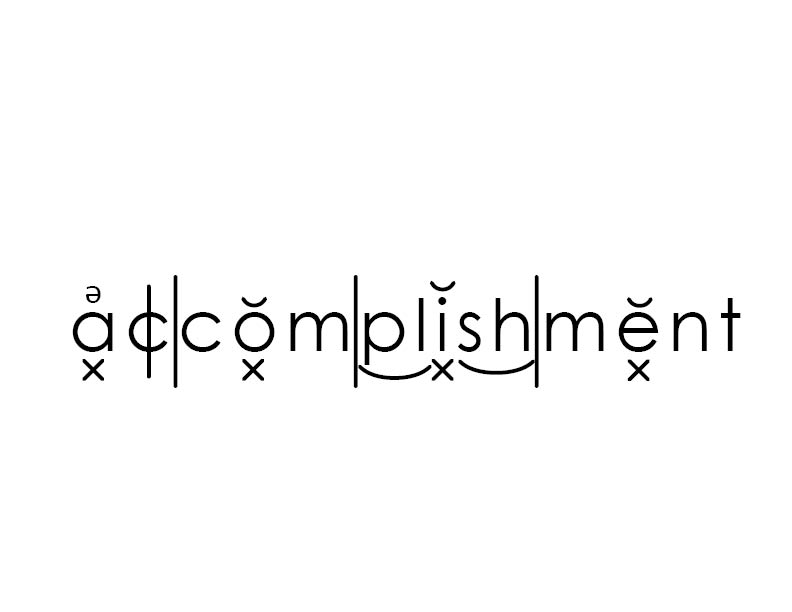Decoding Long Words: The Multisyllabic Dilemma
When a student is taught how to read with explicit phonics instruction, they learn how to breakdown, spell and pronounce any word—no matter how long it is.

These easy-to-learn basics include a complete understanding of the name, formation, and application of each of the 42 sounds of the alphabet. From that point, students need to learn additional sounds, such as:
- Blends
- Digraphs
- Dipthongs
- Special Vowel Sounds
Next, students need to understand when the short or long vowel sound should be used based on the letters surrounding the vowel. These five phonetic skills apply to the majority of all English words and give students an easy formula for knowing whether to pronounce a long or short vowel sound in a word.
To tackle multisyllabic words, words need to know how to split a word into syllables. These two decoding skills give students a simple strategy for correctly splitting multisyllabic words into syllables.
With these basic reading strategies in place, multisyllabic words like antidisestablishmentarianism or hippopotomonstrosesquipedalian become nothing more than a walk in the park.
Reading Horizons reading curriculum is based on an explicit phonics method that is effective for beginning readers and students needing reading intervention.